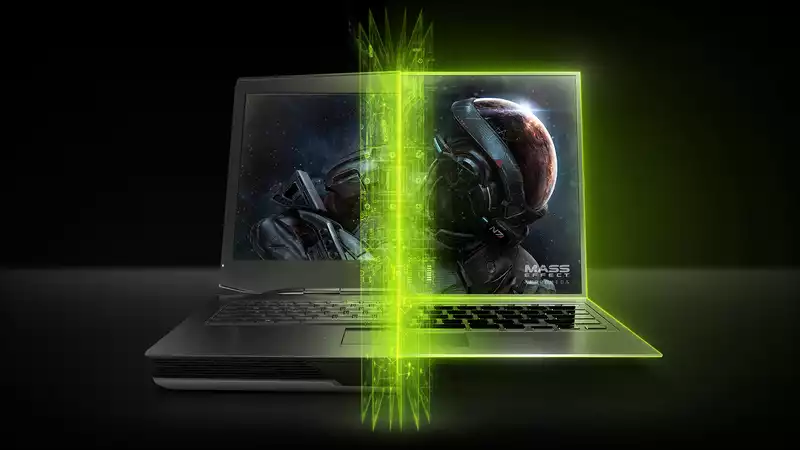Rumors have been circulating over the past 24 hours that Nvidia may be ending its Max-Q program, following a recent report from Notebookcheck. According to the report, Nvidia will no longer offer the Max-Q brand, which is designed for cooling and quiet operation, and manufacturers will be free to decide whether their laptops can operate in power-limited configurations without having to specify as such. The concern is that this would put customers in a precarious position when purchasing a gaming laptop. [However, the Max-Q brand is safe and sound; Nvidia confirmed to PC Gamer that "the Max-Q brand is not going away. In fact, it claims that the ecosystem is stronger than ever, with more information available to end users through the Nvidia Control Panel.
"When we introduced Max-Q in 2017, Max-Q referred only to GPU TGPs, so the brand was initially used to name GPUs. Today, the third generation Max-Q is broader and is a holistic set of platform technologies and design approaches for building powerful and thin notebooks," the statement reads. [Additionally, to be more transparent about the exact capabilities of the notebook, RTX 30 series notebooks now display more information than ever before, listing exact TGP, clocks, and supported features. You can find this in the control panel, which now reports maximum power (TGP+Boost) and support for key features under the Max-Q umbrella, such as Dynamic Boost 2, WhisperMode 2, and Advanced Optimus"
.Nevertheless, Nvidia states that it is up to OEMs and notebook manufacturers to sell these specifications, and it is up to them to decide which features, TDPs, and clock speeds to offer. This means that there is still a possibility that notebooks with GPUs in the Max-Q performance range could be found without being marked as such, which, as initially feared, could lead to customer confusion.
Nvidia "strongly" encourages OEMs to include this information, but states that the final decision is theirs; we do not know if that has always been the case with Max-Q's branding guidelines.
"We strongly encourage OEMs to list the clocks and other technologies that their notebooks support, including Advanced Optimus, Dynamic Boost 2, etc. Ultimately, it is up to the OEM to sell what a particular laptop configuration supports, as well as all laptop features and specs.
It is important to note that Max-P, a commonly used name for a full-power mobile GPU, is not a term coined by Nvidia or used in any official setting. Therefore, as to whether Nvidia has "killed off" Max-P, Nvidia would need to create it first.
Several laptops with the latest mobile GPUs were presented at the 2021 CES as variations of Max-Q, along with updates to Max-Q WhisperMode and DynamicBoost. There is speculation that this has since been removed, but many retail listings still appear to show the Max-Q brand.
The cause for concern over whether a GPU is Max-Q or not ultimately comes down to the performance offered. A high-end Max-Q GPU may offer much slower performance than a free design with optimal cooling, and end users may find that their RTX 3080 model does not perform as well as others' RTX 3070s. [The Max-Q design has stringent noise and temperature targets, which require lower TDP and therefore lower clock speeds to achieve. This helps increase the potential for thin and light gaming laptops with chunky discrete GPUs, and has worked well for many years since its introduction in 2017. However, some manufacturers have decided to incorporate non-Max-Q graphics into thinner designs.
As ever with gaming laptops, it is important to evaluate the laptop itself beyond the spec list. Nvidia may not discontinue the Max-Q brand, but we recommend that you do your research on any product you plan to purchase before you hit the buy button.
.

Comments